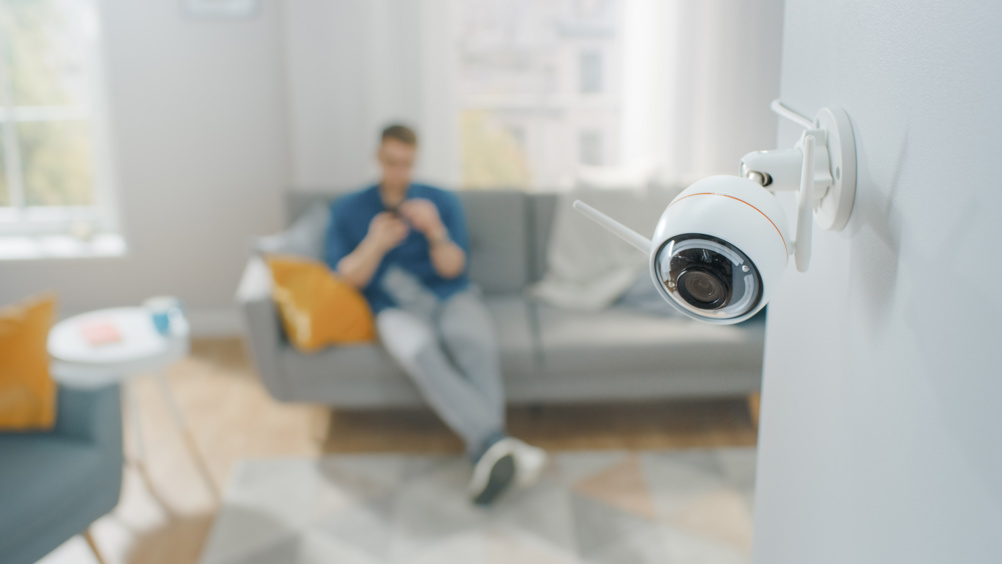Researchers develop privacy-preserving cameras for smart home devices
Researchers have developed new privacy-preserving cameras that obscure images beyond human recognition, particularly for the protection of images and data collected by smart home devices.

From robotic vacuum cleaners to baby monitors, the smart devices which are becoming increasingly present in homes and workplaces use images and videos to navigate and monitor their surroundings.
These devices form part of the internet-of-things (IoT), smart systems that connect to the internet to operate. As such, they can be at risk of being hacked or lost through human error, making the images and data they collect vulnerable to theft by third parties, sometimes with malicious intent.
To counter this, researchers from the Australian Centre for Robotics at the University of Sydney and the QUT Centre for Robotics (QCR) at Queensland University of Technology have created a new approach to designing cameras that process and scramble visual information before it is digitised so that it becomes obscured to the point of anonymity.
Researchers said the distorted images can still be used by robots to complete their tasks but do not provide a comprehensive visual representation that compromises privacy.
Register now to continue reading
Thanks for visiting The Engineer. You’ve now reached your monthly limit of news stories. Register for free to unlock unlimited access to all of our news coverage, as well as premium content including opinion, in-depth features and special reports.
Benefits of registering
-
In-depth insights and coverage of key emerging trends
-
Unrestricted access to special reports throughout the year
-
Daily technology news delivered straight to your inbox










Water Sector Talent Exodus Could Cripple The Sector
Well let´s do a little experiment. My last (10.4.25) half-yearly water/waste water bill from Severn Trent was £98.29. How much does not-for-profit Dŵr...